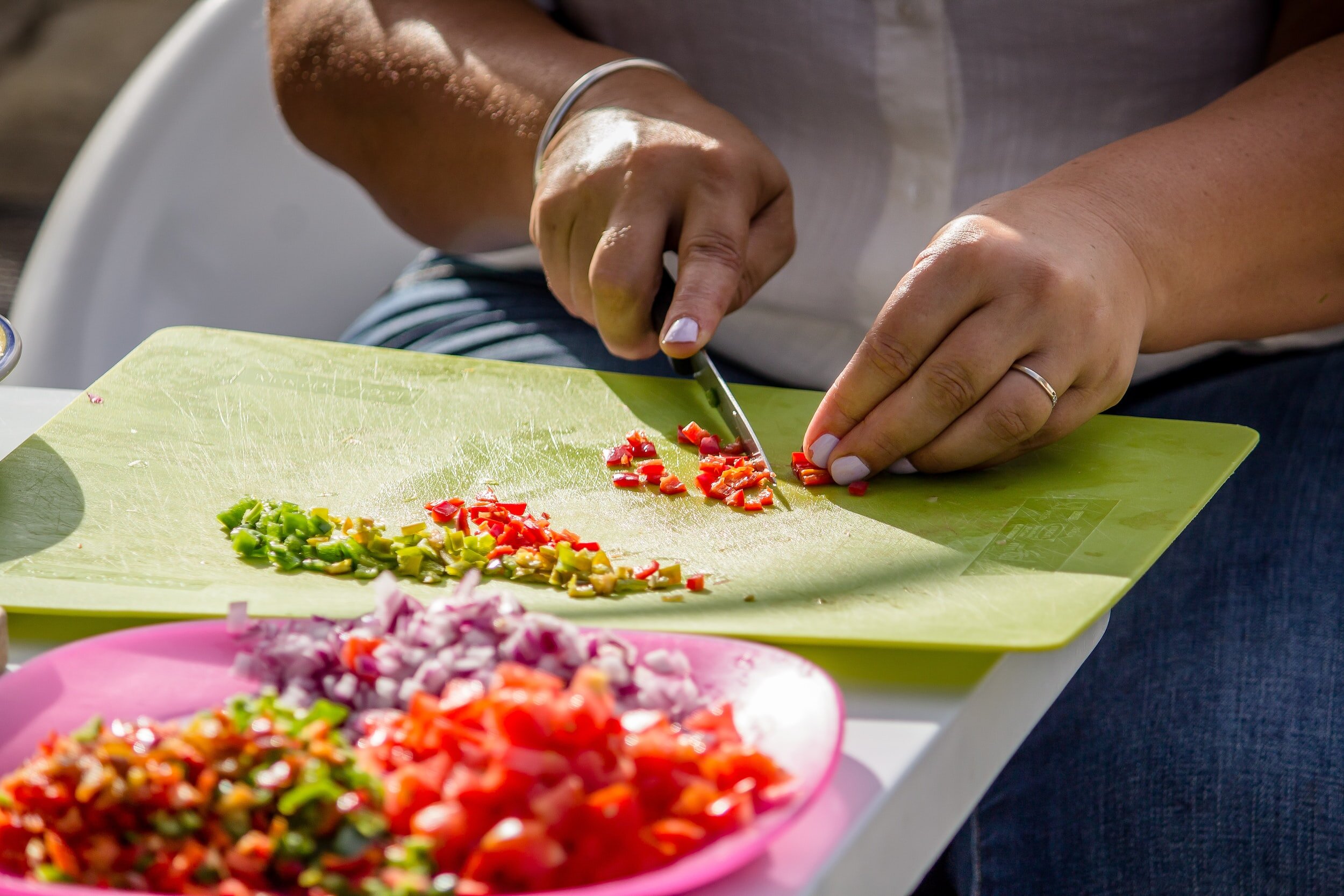In many ways, it’s never been a more difficult time to be a consumer than now. As soon as one decides to take care of what they purchase for one reason or another, they begin to notice that scientific literature and news media serve up a neverending stream of product warnings and product recommendations to improve health and wellness.
Scientists are continually advancing the understanding of contaminants and toxins in water, cleaning products, cooking methods and instruments, lifestyle habits, construction materials, and more.
While it’s easy to become demoralized and feel like the whole world is poisoning you or your family, there are some very simple consumer choices to make that probably won’t change ever, that won’t cost so much as to force a cancellation of your summer vacation, and which will make a big difference in keeping levels of exposure to pollutants of all kinds as low as possible.
Microplastic pollution is now an unavoidable reality. Microplastic particles have been found at the deepest depths of the ocean, blowing over remote mountain peaks, and even swirling around the Earth via the jetstream. Wind systems that pass over cities pick up thousands of tons of microplastic particles and deposit them in national parks, agricultural land, and rural neighborhoods.
Suffice it to say, they’re in the food we eat and the water we drink, treated and untreated, and reducing unnecessary exposure to microplastics is important.
Cutting contaminants
With that in mind, it’s time to ditch plastic cutting boards if you have them. This study published recently in the American Chemical Society found that both polypropylene and polyethylene cutting boards release 7.4 to 50.7 grams of microplastics per person in the household annually from use. This is the equivalent of eating about 10 credit cards per year.
Wooden cutting boards may cost a little more, but they last a very long time and can be restored with simple sandpaper, while plastic ones can only be thrown away.
A pour-through, or point-of-use water filter is a relative no-brainer. If designed correctly they can filter out 76% to 100% of microplastic particles between 30 and 100 nanometers.
Other plastics in the kitchen that are better to be avoided are plastic cling wrap and plastic Tupperware that contain BPA, or bisphenol-A
BPA is used in dozens of applications, but at home, these are perhaps two of the products one comes in contact with the most. An article by Dr. Chris Kresser, a clinician at the California Center for Functional Medicine, lists 60 studies that link BPA, which acts like estrogen when absorbed through the skin, to reproductive and hormonal dysregulation and damage in both men and women, but also obesity, immune dysfunction, neuro-impairment, kidney and liver impairment, and cardiovascular disease.
One of the reasons why cling wrap and Tupperware-like storage containers are good candidates to focus on for disposing of BPA-contaminated items in the house is that they are subject to rapid heating and cooling, which can release more chemical pollutants like phthalates.
Just how damaging is BPA? In April 2023, the European Food Safety Administration published a re-evaluation of BPA’s safety, significantly reducing the tolerable daily intake set in its previous assessment in 2015. The reduction was 22,000%, from 4 parts per million to 0.2 parts per billion.

Washing out toxins
The water we drink is just a fraction of the total amount of water we are exposed to. By far the largest source is the water from the shower.
While stepping into a steamy hot shower may seem the picture of cleanliness, the chlorine that municipalities use to disinfect drinking water can bind with organic matter to form compounds called trihalomethanes, the most common of which is chloroform, a known carcinogen. Chloramine, made by mixing chlorine and ammonia as a disinfectant, and di and trichloramine which can also form, are all toxic when inhaled or ingested and also found in drinking water.
Unfortunately, while a health-conscious consumer may stick a filter on their water faucets, the trihalomethanes are coming right out of the shower nozzle in the form of water vapor during a hot shower, making them even more toxic because they are absorbed directly into the bloodstream.
Trihalomethanes have been studied for associations with several kinds of cancers, birth complications, and a weakening of the immune system.
Fortunately, some companies also sell chlorine-specific shower and bath filters to solve this obvious risk to health.
Showers, bathing, drinking water, and cutting and storing vegetables are tasks done several times a day, every day, for most of one’s life, and so tackling toxin exposure in these areas should be done before more extravagant interventions like drinking spirulina and chlorella detox shakes.
If you think the stories you’ve just read were worth a few dollars, consider donating here to our modest $500-a-year administration costs.



